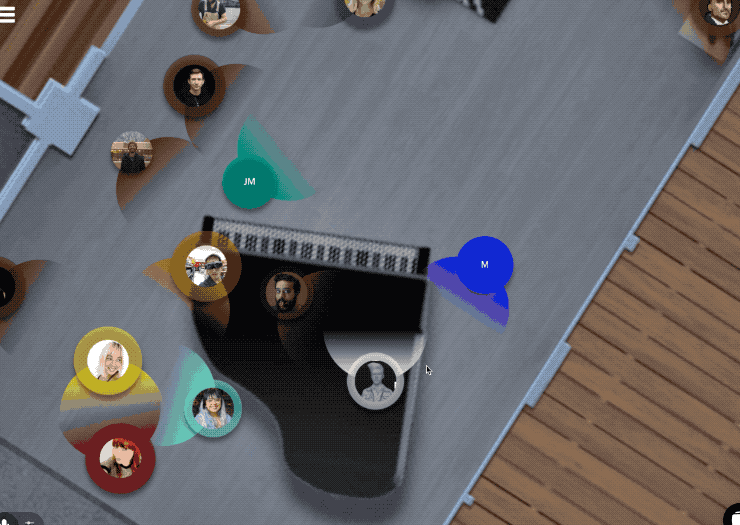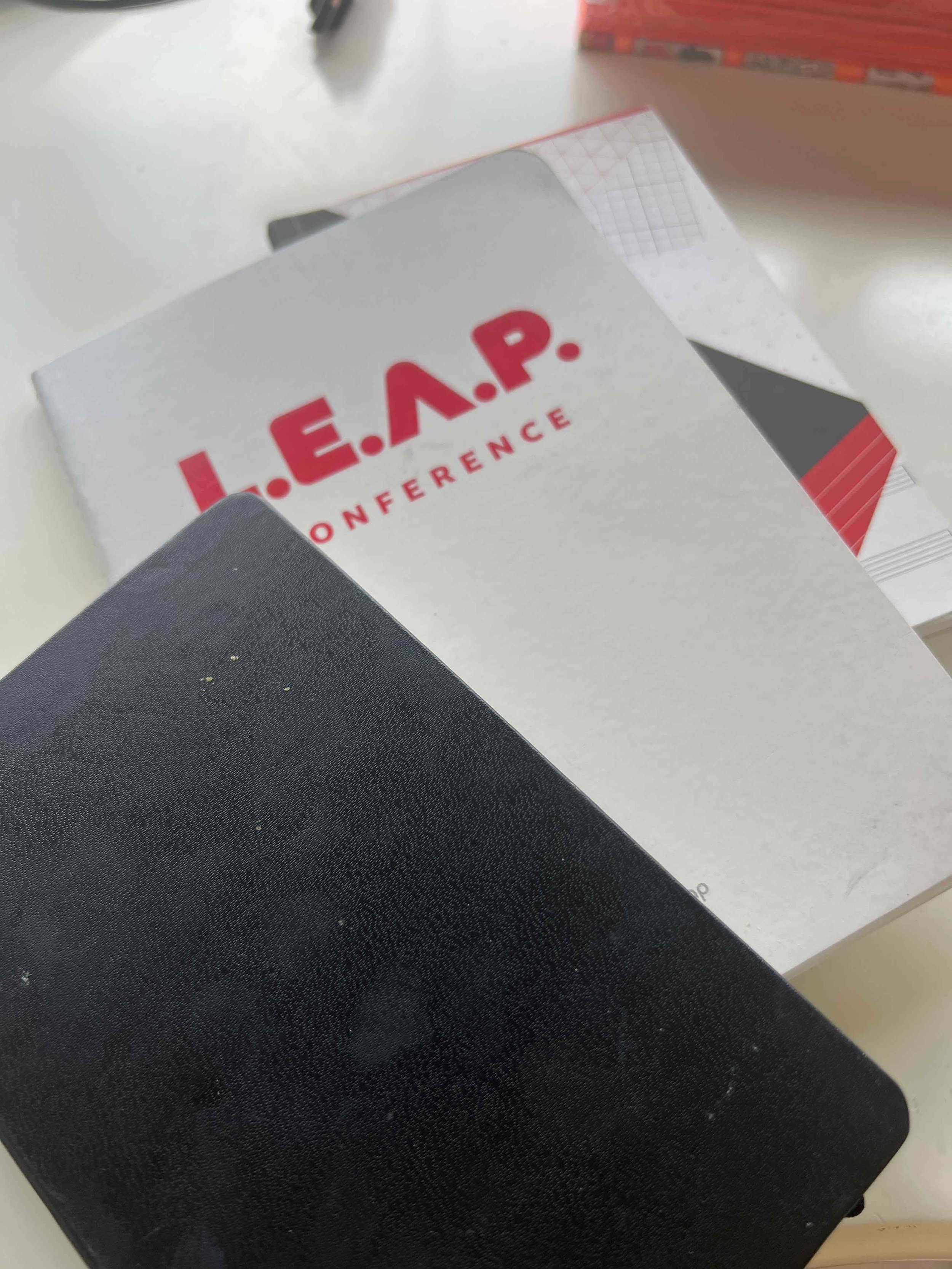Yesterday SatoshiO Cereal made an appearance at the Core Scientific ($CORZ) Bitcoin mining datacenter in Denton, Texas. We were delighted to attend our first Texas Blockchain Council. Lee Bratcher (TBC), Adam Sullivan (Core Scientific) and Senator Ted Cruz speak.
Bitcoin brings everyone together. Adam spoke about Bitcoin mining and encompassing all multiple forms of compute. I feel that pragmatism is beneficial for technological as well as environmental progress.
Senator Ted Cruz said he likes Bitcoin and owns a few ASICs. Now he owns a box of SatoshiO Cereal. You can get a box here on SatoshiOCereal.com. The Senator spoke about how Bitcoin mining and HPDC (data-centers) increase grid resilience. Watch his speech below to how Bitcoin mining can prevent the grid from blacking out from high energy demand during the next heatwave or snow storm.
I believe Bitcoin mining goes a step further and increases microgrid and energy resilience off grid. Other bitcoin mining CEOs are waiting for their box of SatoshiO Cereal. Thank you for your patience. We are hashing away at the wheat mill today.
Core Scientific has a beautiful facility with a lot of Megawattage coming online. We’re going to need more substations.
For me, SatoshiO Cereal has proven to open the box, I mean door to data-center CEOs, venture capitalists, private equity, and also politicians. SatoshiO Cereal is like Bitcoin because it brings everyone together. SatoshiO Cereal brings everyone together, Metamask employees, NFT enthusiasts, Bitcoin maximalists, protocol agnostic processing minds, energy providers, red, white, blue, and orange. Regardless of partisanship we all eat food, use money in some form or another, and we all rely on energy. Cereal and Bitcoin are pragmatic. I hope to you purchase SatoshiO Cereal, it has proven easier than telling people to buy Bitcoin, or engaging in blockchain protocol partisanship. Cereal and a friendly cartoon character are right of the chasm in the diffusion of innovation (h/t Geoffrey Moore, author of Crossing the Chasm, and uncle Larry Chiang CEO of Duck9). For you, SatoshiO Cereal can open the door to the next level.
One thing I realized my last night in Nashville speaking with the CISO of…a distributed compute processing venture led by the CEO of Bitcoin.com…when someone refers to “crypto” as cryptograph, I just shut up and listen. We are glad Senator Cruz endorses cryptography as well. Cryptographic security is important on all levels. I feel energy and cyber security are non-partizan and bi-partizan issues. They are national security issues that effect everyone. But I’m just a cereal entrepreneur.
Thank you Jerry Rogers of Voss Alan for inviting me to this epic event. Great seeing some familiar faces from Nashville. We're building not only brand equity, but real human connection over cardboard and carbohydrates, or just good energy? ⚡
Disclaimer: I tucked my shirt in with Photoshop Beta generative AI to…appear more presentable in this photo. Original included below for authenticity.




































